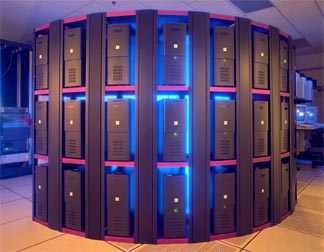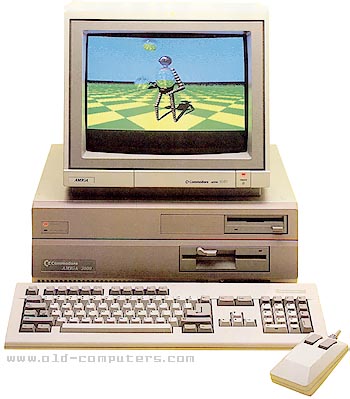 As more and more customers are moving their mission-critical Oracle database workloads to virtualized infrastructure, I often get asked how to deal with Oracle’s requirement to reproduce issues on a physical environment (especially if they use VMware as virtualization platform – as mentioned in Oracle Support Note # 249212.1).
As more and more customers are moving their mission-critical Oracle database workloads to virtualized infrastructure, I often get asked how to deal with Oracle’s requirement to reproduce issues on a physical environment (especially if they use VMware as virtualization platform – as mentioned in Oracle Support Note # 249212.1).
In some cases, database engineers are still reluctant to move to VMware for that specific reason. But the discussion is not new – I remember a few years ago I was speaking in Vienna to a group of customers and partners from Eastern Europe, and these were the days we still had VMware ESX 3.5 as state-of-the-art virtualization platform. Performance was a bit limited (4 virtual CPUs max, some I/O overhead and memory limitations) but for smaller workloads it was stable enough for mission critical databases. So I discussed the “reproduce on physical in case of problems” issue and I stated that I never heared of any customer who really had to do this because of some issues. Immediately someone in the audience raised his hand and said, “well, I had to do that once!” – Duh, so far for my story…
Let’s say that very often I learn as much from my audience as (hopefully) the other way around ;-)
Later I heard of a few more occasions where customers actually were asked by Oracle support to “reproduce on physical” because of suspected problems with the VMware hypervisor. In all of the cases I am aware of, the root cause turned out to be elsewhere (Operating System or configuration) but having to create a copy in case of issues is a scary thought for many database administrators – as it could take a long time and if you have strict SLAs then this might bite back at you.
So what is my take on this?

 In previous posts I have focused on the technical side of running business applications (except my last post about the Joint Escalation Center). So let’s teleport to another level and have a look at business drivers.
In previous posts I have focused on the technical side of running business applications (except my last post about the Joint Escalation Center). So let’s teleport to another level and have a look at business drivers.
